Search
Search Results
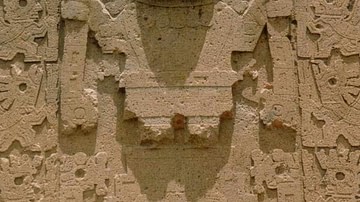
Definition
Viracocha
Viracocha was the supreme god of the Incas. He is also known as Huiracocha, Wiraqoca and Wiro Qocha. Considered the creator god he was the father of all other Inca gods and it was he who formed the earth, heavens, sun, moon and all living...
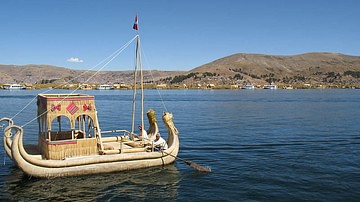
Definition
Lake Titicaca
Lake Titicaca is located between Bolivia and Peru and, at an altitude of 3,800 metres (12,500 feet), it is the world's highest navigable lake. The tundra plain known as the altiplano stretches to the south and was the location of Tiwanaku...
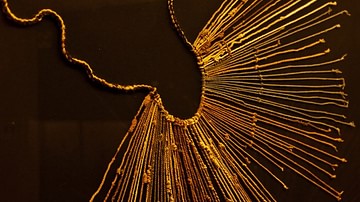
Definition
Quipu - The Inca String Record-Keeping Device
A quipu (khipu) was a method used by the Incas and other ancient Andean cultures to keep records and communicate information using string and knots. In the absence of an alphabetic writing system, this simple and highly portable device achieved...
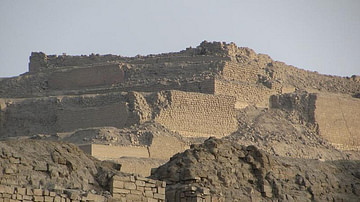
Definition
Pachacamac
Pachacamac, located on the coast of Peru and 32 km south of Lima, was an important sacred site, oracle, and place of burial, which was visited by pilgrims of many ancient Andean cultures, including the Incas. The site, active for over 2,000...
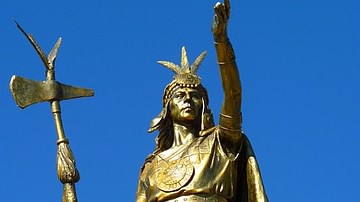
Image
Pachacuti Inca Yupanqui
A statue of Inca ruler Pachacuti Inca Yupanqui (r. 1438-71 CE) in Plaza de Armas, Cuzco, Peru
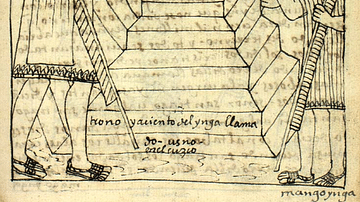
Image
Coronation of Manco Inca Yupanqui
An early 17th-century illustration by Felipe Guáman Poma de Ayala showing the coronation of the new Inca ruler, Manco Inca Yupanqui on 16 November 1533. Manco Inca was a puppet ruler of the conquistadors but he rose up in rebellion and led...
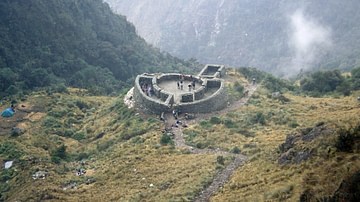
Image
Inca Road Rest Station
An Inca rest station on the Inca Trail, Peru. Such stations were built at regular intervals along most major Inca highways.

Video
Inca ushnus: landscape, site and symbol in the Andes
For three years, a research team from the British Museum, the University of Reading, Royal Holloway University of London and the Universidad Nacional de San Cristobal de Huamanga set out to discover how the Inca Empire used a stone platform...

Definition
Diego de Almagro
Diego de Almagro (c. 1475-1538) was a Spanish conquistador who was second-in-command to Francisco Pizarro (c. 1478-1541) during his expedition that attacked the Inca civilization from 1531. Almagro then led his own expedition to explore Chile...
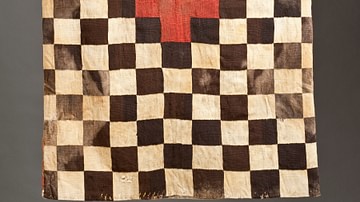
Image
Inca Military Tunic
The standard military tunic of the Inca civilization, c. 1400 and 1533 CE. In Inca art black represented death and red represented blood and conquest. (Los Angeles County Museum of Art, L.A.)